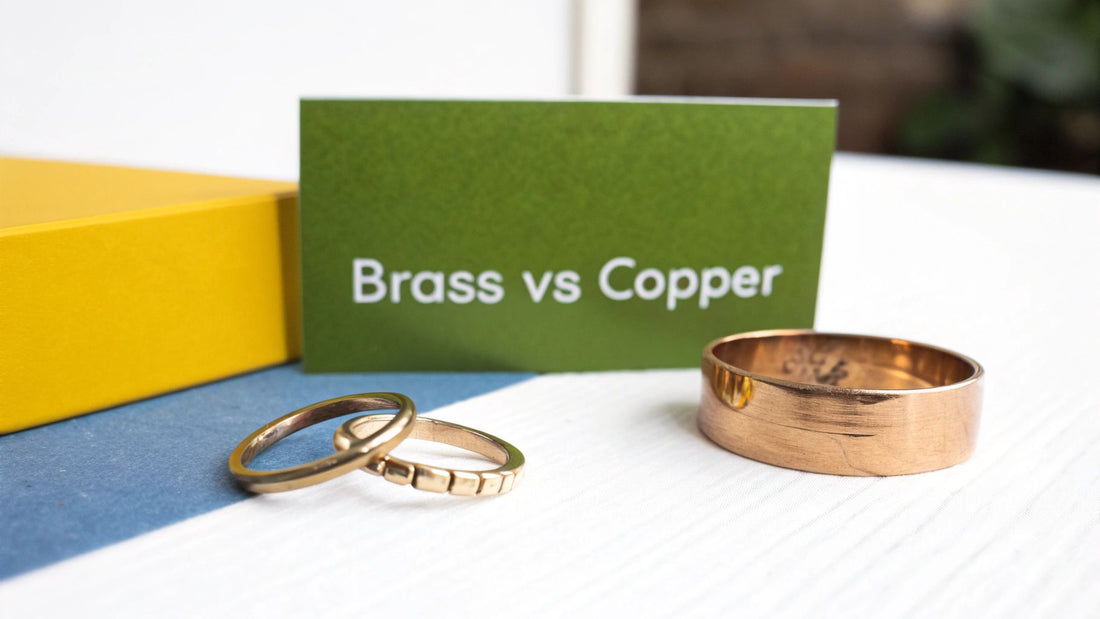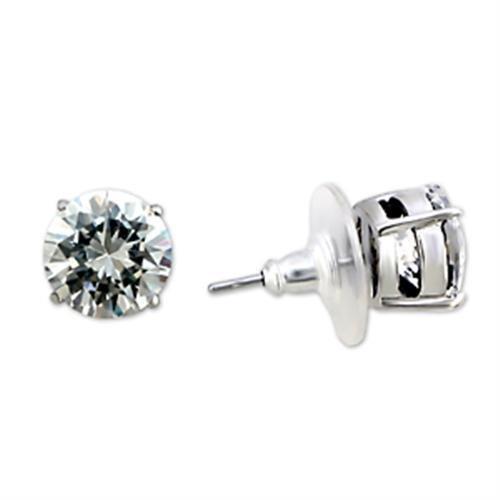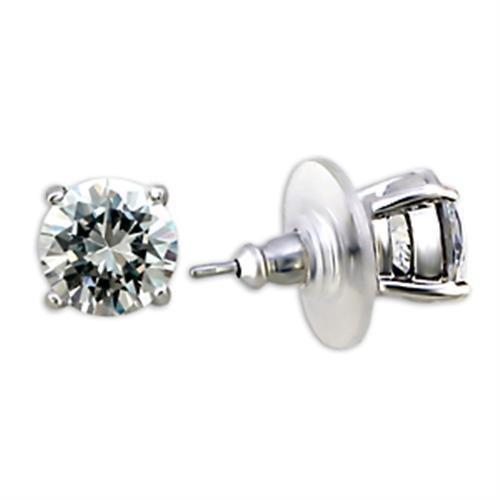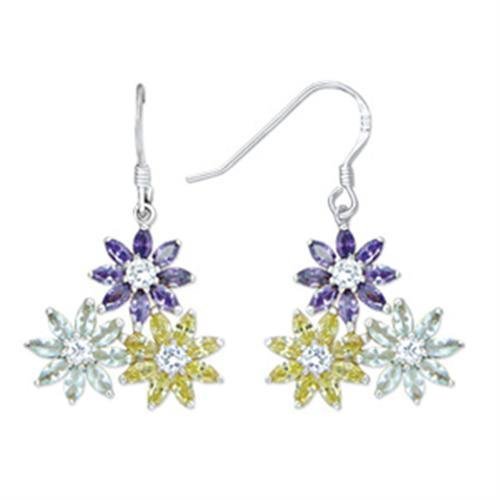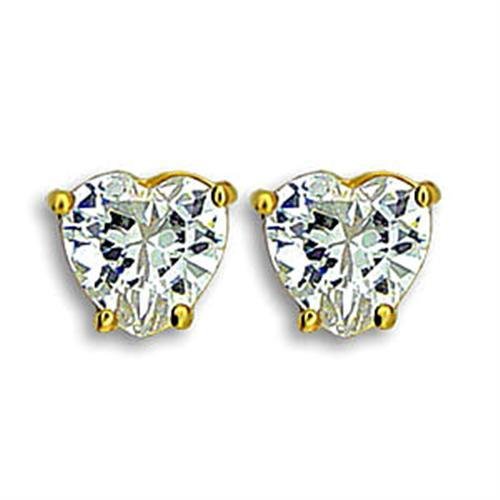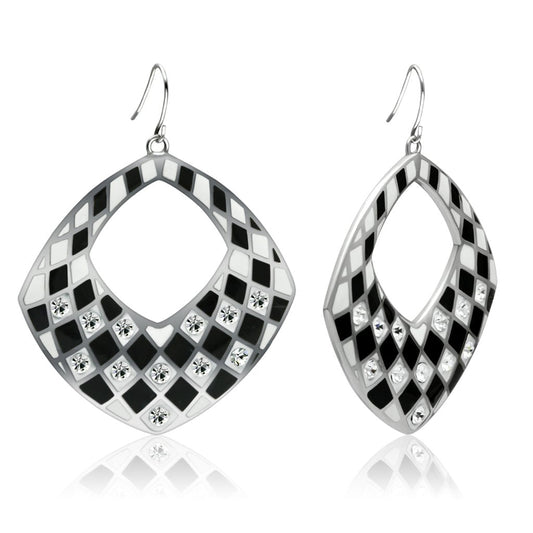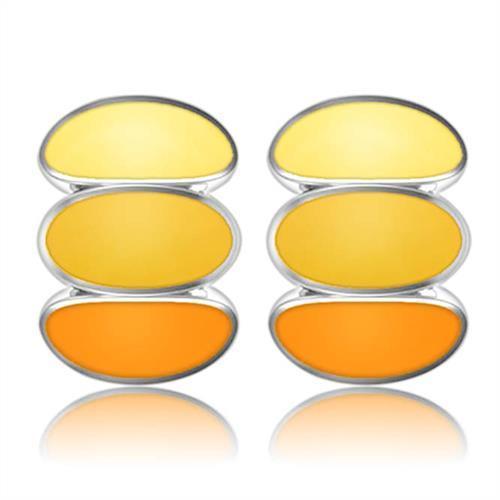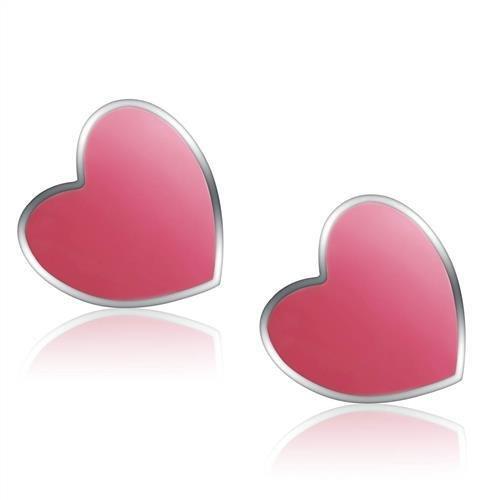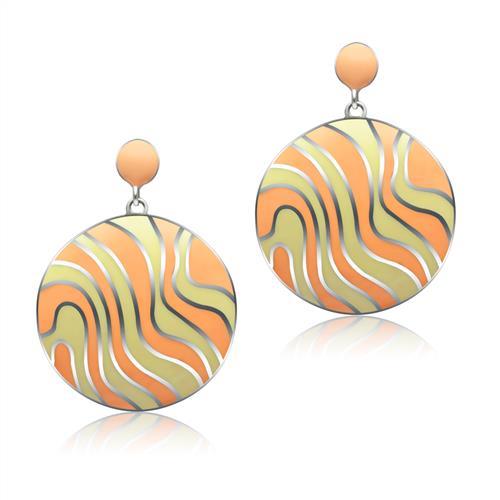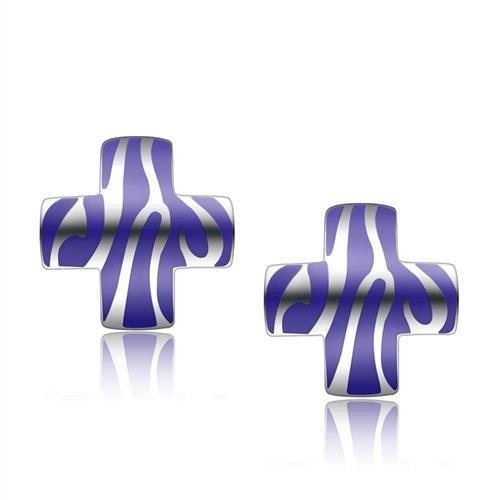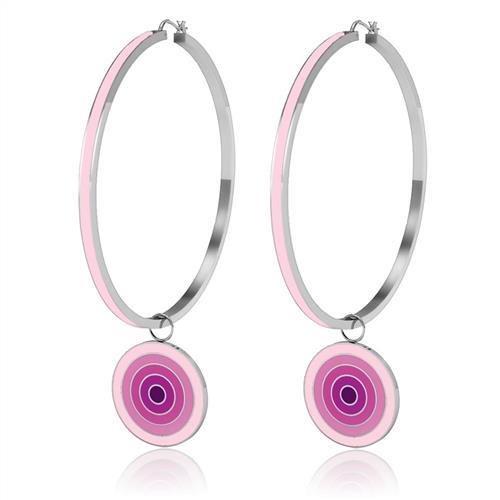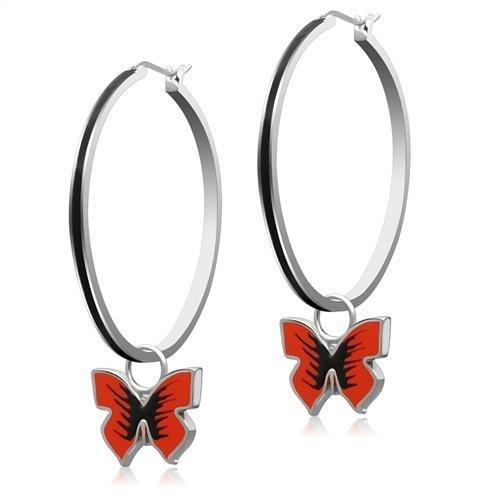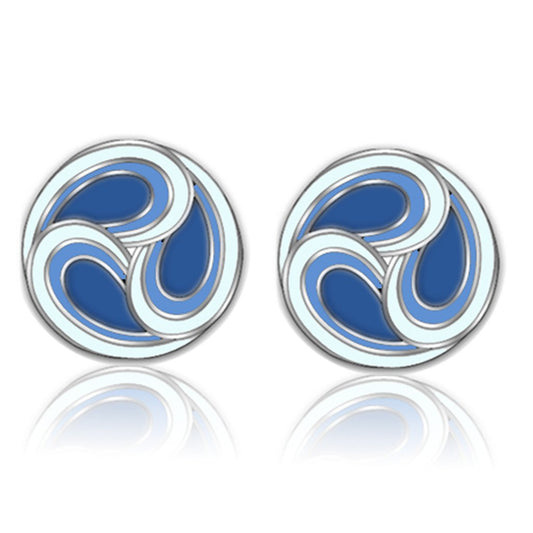The core difference between brass and copper boils down to one simple fact: copper is a pure, naturally occurring element, while brass is a man-made alloy crafted by mixing copper with zinc. This single distinction is the source of all their other differences, influencing everything from their color and strength to their cost and best uses in jewelry.
Brass vs Copper: A Quick Comparison
Think of copper as the foundational metal. It's a pure element, instantly recognizable by its signature reddish-pink glow. As a raw, natural metal, it's been a part of human history for millennia, used for everything from ancient coins to modern wiring thanks to its incredible conductivity.
Brass, on the other hand, is what happens when you engineer copper for better performance. By adding zinc, you create an alloy that’s stronger, more resistant to corrosion, and shines with a familiar gold-like luster. The exact properties of brass can even be tweaked just by changing that copper-to-zinc ratio, making it a highly versatile material for jewelry and hardware.
The infographic below gives a great visual summary of how they stack up in terms of composition, density, and melting points.
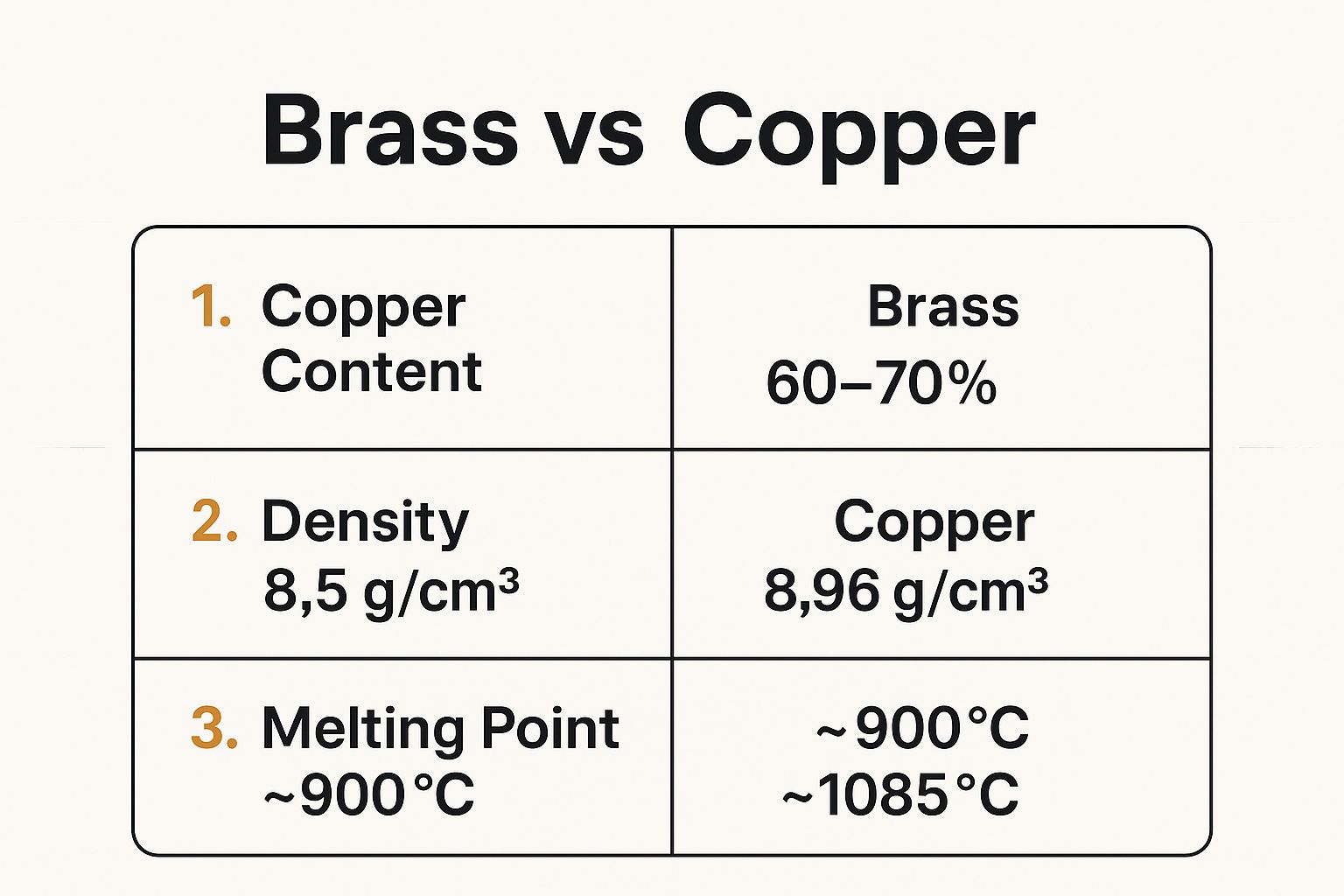
As you can see, pure copper is denser and needs a much higher temperature to melt, which makes sense for an elemental metal. Brass, being a blend, has a lower melting point, making it easier to cast and work with—a key advantage in crafting detailed jewelry designs.
To make the comparison even clearer, here’s a quick table breaking down their key differences before we get into the finer details.
Key Differences Between Copper and Brass at a Glance
This table lays out the fundamental distinctions between the two metals, giving you a straightforward reference for their core properties.
| Property | Copper | Brass |
|---|---|---|
| Composition | 100% pure copper (Cu) | An alloy of copper (Cu) and zinc (Zn) |
| Color | Reddish-pink or brownish-orange | Yellowish-gold, often resembling gold |
| Durability | Softer, more malleable, and prone to dents | Harder, stronger, and more wear-resistant |
| Conductivity | Excellent electrical and thermal conductor | Good conductor, but less so than pure copper |
These at-a-glance comparisons set the stage for a deeper dive into what really separates these two versatile and beautiful metals. Now, let’s explore how these properties translate into real-world performance for jewelry.
Unpacking the Makeup of Copper vs. Brass
To really get the difference between brass and copper jewelry, we have to start with what they’re made of. Their composition is the blueprint for everything that follows—their color, their strength, and ultimately, how they feel and look as a finished piece. The distinction is pretty simple: one is a pure element, and the other is a carefully crafted mix.
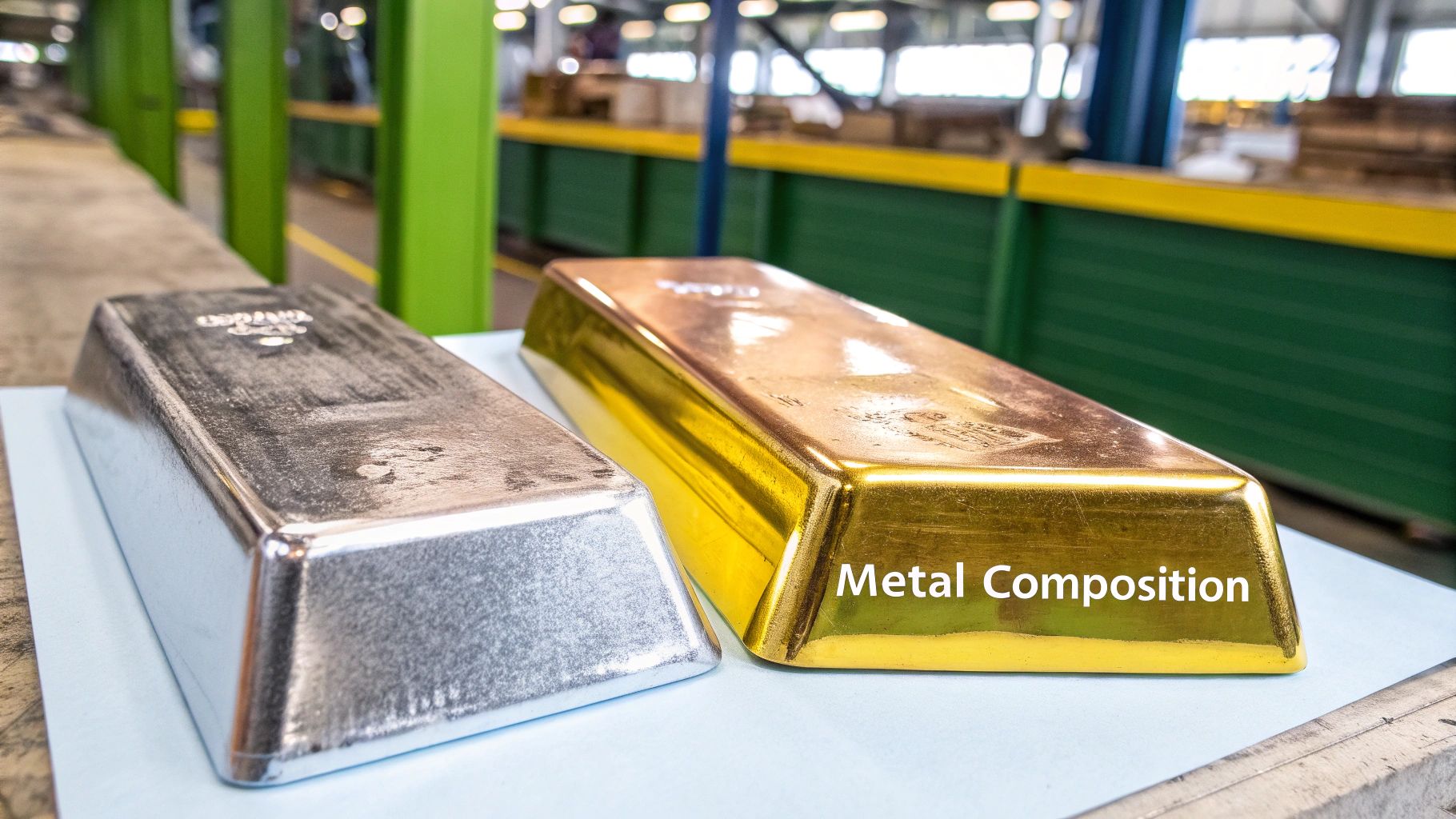
Copper is an elemental metal, pure and simple. You’ll find it on the periodic table as Cu. Because it exists naturally in this pure state, it has a signature softness and high ductility. This workability is why it was one of the first metals humans ever learned to shape, a history stretching back over 10,000 years.
Brass, on the other hand, is a copper alloy. An alloy is just a fancy word for a metal that’s been mixed with at least one other element to give it new and improved qualities. In this case, brass is born when copper is combined with zinc. It’s a deliberate, man-made upgrade.
The Role of Zinc in Brass
The secret to brass's versatility is the amount of zinc added to the mix. This isn't a random process; the zinc content is precisely controlled, ranging from a mere 5% to over 40%. This recipe determines the final character of the metal.
- Higher Copper Content: When there's less zinc, you get what’s often called red brass or gilding metal. It has a warm, reddish glow that’s much closer to the look of pure copper.
- Higher Zinc Content: As you crank up the zinc percentage, the brass gets lighter, stronger, and takes on that classic yellow shine. The common yellow brass you see in musical instruments or fixtures typically contains about 30% zinc.
Adding zinc isn't just for color. It’s a strategic move to introduce hardness, machinability, and corrosion resistance that pure copper just can't offer on its own.
This controlled composition makes brass an incredibly reliable and adaptable material for all sorts of applications, especially jewelry.
Of course, brass isn't the only common copper alloy out there—it's often compared to bronze. If you're curious, you can learn more about what is the difference between brass and bronze in our detailed guide. Getting a handle on these foundational metals is the first step in picking the perfect piece for your collection.
Identifying Key Visual and Physical Properties
Spotting the difference between brass and copper often starts with a simple visual check. Right away, polished copper catches the eye with its signature pinkish-red or brownish-orange luster. It’s a warm, earthy tone that’s completely unique among metals and the most obvious giveaway for pure copper.
Brass, on the other hand, gives off a more muted, golden-yellow shine. Many compare its look to a soft, subdued gold, which explains why it's so popular for decorative hardware and affordable jewelry designed to mimic pricier metals.
Of course, their looks change over time as they oxidize. When left to the elements, copper develops that famous green patina, a finish we call verdigris. Brass tends to darken differently, usually turning a deep brown or even blackish color. You can learn more about why this happens by reading our guide on what causes jewelry to tarnish.
Beyond Color Physical Characteristics
The real story of what separates these two metals is found in their physical properties. Copper is legendary for its incredible electrical and thermal conductivity; there's a reason it's the global standard for electrical wiring and high-performance heat exchangers. It's also a softer, more malleable metal.
Brass is a completely different beast. Adding zinc to copper transforms it into a much harder, more durable material. This boost in strength and wear resistance is exactly why brass is the go-to for things that need to be tough and last a long time—think plumbing fittings, gears, and musical instruments.
The intentional alloying of copper with zinc wasn't just a modern innovation. It was a strategic choice made centuries ago to create a metal with better performance characteristics than pure copper for specific, demanding applications.
This history is pretty fascinating. Archaeological finds from the Roman era show early brass contained between 20% and 28% zinc by weight. That specific blend made it perfect for coins, vessels, and military gear—items where pure copper would have been too soft or just too expensive. You can dive deeper into this with an in-depth article on brass from Wikipedia.
Real World Applications and Use Cases
The best way to really understand the difference between brass and copper is to look at how they’re used in the world around us. Each metal has carved out a niche where its specific strengths make it the perfect fit, from essential infrastructure to beautiful, functional objects. Seeing them in action makes it crystal clear why one is chosen over the other.

Copper’s incredible conductivity basically powered the electrical age. It’s the go-to material for electrical wiring, motors, and sensitive electronics where moving energy efficiently is everything. On top of that, its natural antimicrobial properties make it a smart choice for high-touch surfaces in hospitals and for plumbing systems that need to keep water pure.
Brass, on the other hand, is the workhorse you call on when you need durability and corrosion resistance. By blending copper with zinc, you get a much tougher material that’s ideal for plumbing fixtures, pipe fittings, and valves that are constantly exposed to water. That same resilience is why you’ll find brass used in locks, gears, and ammunition casings.
Specialized Uses in Arts and Industry
Beyond those primary jobs, both metals have found homes in more specialized fields. The unique acoustic properties and workability of brass have made it the material of choice for musical instruments for centuries. Think of trumpets, trombones, and French horns—they all rely on brass to create those rich, resonant sounds.
Meanwhile, copper is prized in high-end cookware because it distributes heat so evenly, which is the secret to perfectly cooked food. These roles aren't new; they've been established for hundreds of years. From the late 18th to the early 19th centuries, demand for brass skyrocketed for affordable, durable goods, while copper was essential for infrastructure. To dig deeper, check out this great resource on the historical uses of copper alloys from Brian D. Colwell.
It’s not about which metal is “better,” but which is better for the job. Brass brings strength and resilience to the table, while copper delivers unmatched conductivity and antimicrobial power.
For jewelry, this distinction is key. Brass is often favored for its warm, gold-like appearance and durability, making it perfect for stylish pieces from our Precious Pulse Jewelry collection that can stand up to daily wear and still look incredible.
Evaluating Cost, Durability, and Market Value
When you're deciding between brass and copper, the practical stuff—like your budget and how long you need the piece to last—often makes the final call. The price difference is a major factor, and it all goes back to how these metals are made.
Copper is a pure element. That means its price is tied directly to the ups and downs of global commodity markets, reflecting the real costs of mining and refining. This direct link almost always makes copper the more expensive option of the two.
Brass, on the other hand, is an alloy. It’s made by combining copper with zinc, which is a much less expensive metal. Because of this, brass usually comes out as the more budget-friendly choice for all sorts of projects, including jewelry, without skimping too much on quality.
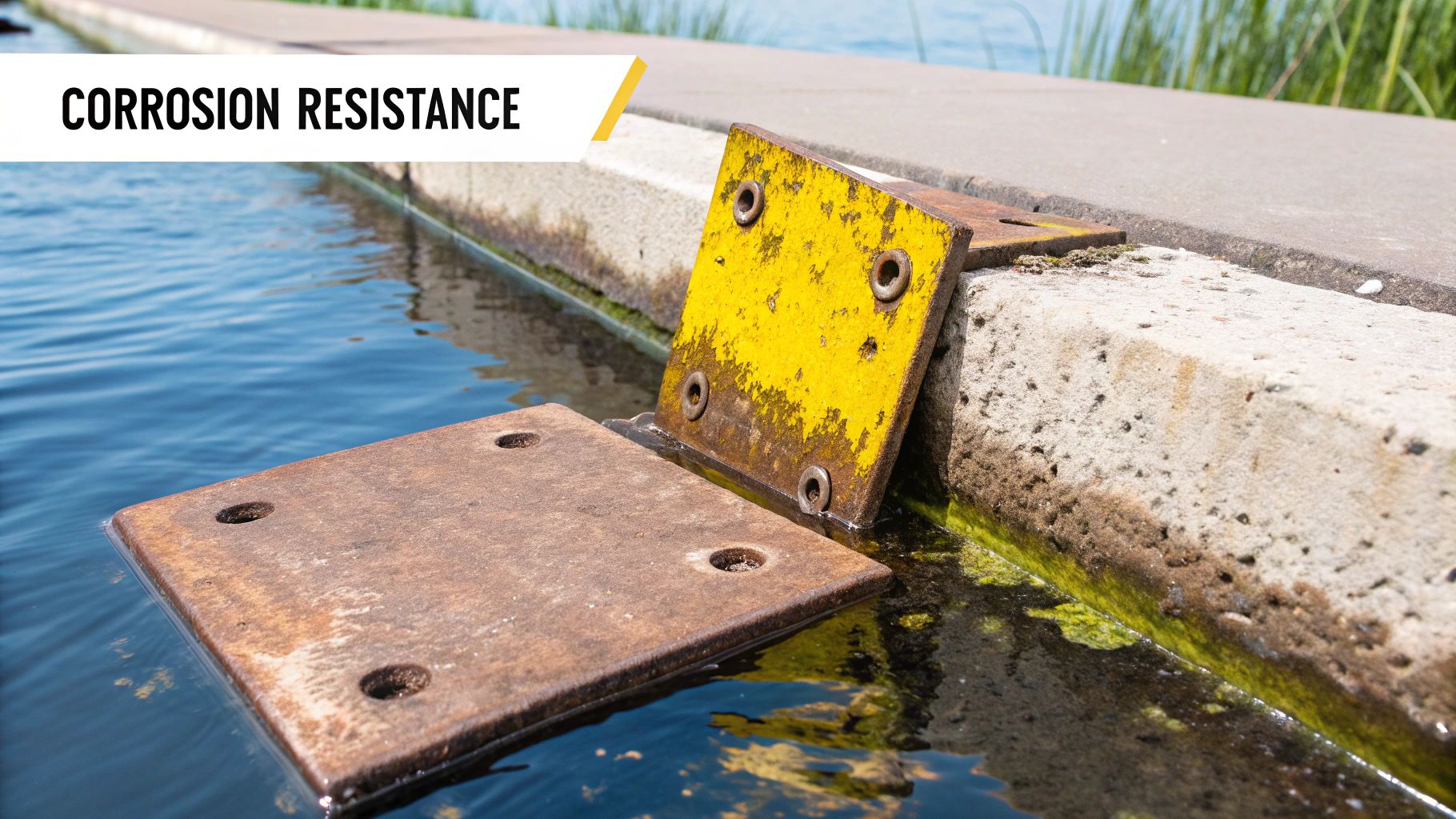
Durability and Long-Term Value
Both metals are built to last, but when it comes to sheer toughness, brass has a clear edge. Adding zinc into the mix makes brass significantly harder and more resistant to corrosion and friction than pure, unadulterated copper.
For anything that’s going to see a lot of use or get exposed to moisture—think jewelry, hardware, or plumbing fixtures—brass offers superior resilience. It’s better at holding its shape and look over time.
This killer combo of affordability and performance shows up in market trends, too. While copper is still the king for electrical wiring, brass has seen incredible growth in areas that need both strength and style. Back in the 1990s, shipments from brass mills grew at a compound annual rate of 5.2%, blowing past the 3.2% rate for pure copper wire mills. You can dig deeper into these market trends for copper alloys to see the full picture.
For anyone looking for chic accessories that won't break the bank, our Precious Pulse Jewelry collection uses high-quality brass. We create pieces that are not just beautiful but are truly built to last, offering incredible value for your money.
How to Choose the Right Metal for Your Project
So, how do you make the final call between brass and copper? It really comes down to what your project needs most. The trick is to line up your priorities—function, aesthetics, and budget—to find that perfect fit. Think of it as a simple checklist to guide you to the right material.
First and foremost, what is the metal’s main job? If top-tier electrical or thermal conductivity is a deal-breaker, copper is the undisputed winner. It’s the go-to for wiring, electronics, or high-end cookware where getting heat from point A to point B is everything. On the other hand, if you need something that can take a beating—like mechanical parts or plumbing fixtures that demand strength and corrosion resistance—brass is the more robust option.
Aesthetic and Budgetary Factors
Next up, let’s talk about looks and cost. For decorative pieces, your choice is all about the aesthetic you’re after. Do you want the warm, reddish-pink hue of copper, or the bright, golden-yellow shine of brass? There’s no wrong answer here, just personal preference.
When your budget is steering the ship, brass is generally the more economical choice. If you’re curious how this decision-making process plays out with other metals, you can review a detailed comparison of sterling silver and gold-plated jewelry to see similar frameworks in action.
Ultimately, the "what is the difference between brass and copper" question is answered by your application. Function dictates the choice for industrial uses, while style and cost drive decisions for decorative and personal items.
For jewelry that beautifully blends timeless style with lasting durability, our collection of brass products offers an ideal balance. If you need a little more guidance on picking the right material for your next piece, check out our guide on choosing the best metal for jewelry.
Common Questions About Brass and Copper Jewelry
Even after breaking down the differences, you probably have a few practical questions. Let's tackle some of the most common ones to help you feel confident about choosing, identifying, and caring for your jewelry.
How Can You Tell Brass from Copper Visually?
The quickest way to tell them apart is simply by looking at their color. It's a dead giveaway once you know what to watch for.
Copper has a distinct reddish-pink or brownish-orange hue. It’s a very warm, earthy tone that you don't really see in other metals. Brass, on the other hand, is a much lighter golden-yellow, almost like a soft, muted gold. If you place them side-by-side, the contrast is immediately obvious.
Which Tarnishes Faster, Brass or Copper?
Both metals will tarnish when they meet the air—it’s a natural process. But they do it in their own unique ways.
Pure copper usually tarnishes more quickly, developing that classic bluish-green patina you might have seen on old statues. This is called verdigris. Brass, which is strengthened with zinc, has better corrosion resistance. It typically tarnishes slower and darkens to a deep brown or even a blackish color over time.
For jewelry, this means brass often keeps its original shine longer with less polishing. That makes it a really practical choice for pieces you want to wear every day without much fuss.
Which Is Better for Jewelry?
Honestly, this comes down to what you value most in a piece of jewelry. There's no single "better" metal; it's all about your personal style and lifestyle.
- Choose copper if: You're in love with its unique, warm reddish color and don't mind polishing it a bit more often to keep it bright. Some people also wear copper for its purported health benefits.
- Choose brass if: You want a durable, affordable, gold-toned accessory that holds up well against tarnishing and daily wear. It's perfect for creating a luxurious look without the high price tag.
Ultimately, brass offers a fantastic mix of durability, style, and value, making it an excellent material for fashionable yet resilient pieces that last.
At Precious Pulse Jewelry, we specialize in high-quality brass jewelry that offers timeless style without compromising on strength. Explore our collection of beautiful and affordable accessories today.

